Entry Category: Museums and Historic Sites
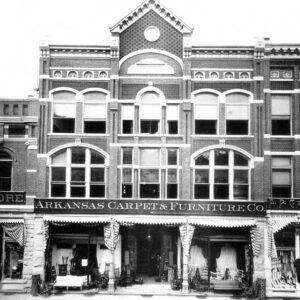 Arkansas Carpet and Furniture Company
Arkansas Carpet and Furniture Company
Arkansas Civil Rights Heritage Trail
Arkansas Country Doctor Museum (ACDM)
Arkansas County Courthouse, Northern District
Arkansas County Courthouse, Southern District
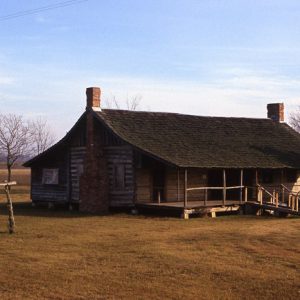 Arkansas County Museum
Arkansas County Museum
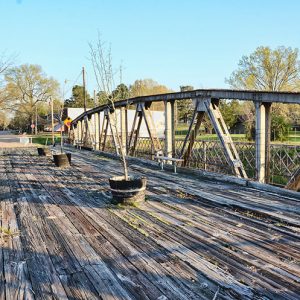 Arkansas Highway 57 Bridge
Arkansas Highway 57 Bridge
Arkansas Highway 57 Bridge
Arkansas Historic Wine Museum
Arkansas Inland Maritime Museum
Arkansas Museum of Natural Resources
Arkansas National Guard Museum
Arkansas Ordnance Plant Guard House
Arkansas Post Museum
 Arkansas County Museum Displays
Arkansas County Museum Displays
Arkansas Railroad Museum
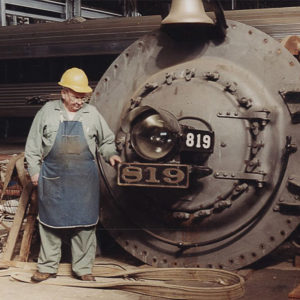 Arkansas Railroad Museum
Arkansas Railroad Museum
 Arkansas Railroad Museum
Arkansas Railroad Museum
Arkansas Research and Test Station
Arkansas State Capitol Grounds Monuments
Arkansas State University Museum
Arkansas Tech University Museum
aka: Tech Museum
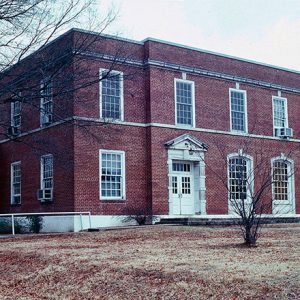 Arkansas Tech University Museum
Arkansas Tech University Museum
Arlington Hotel
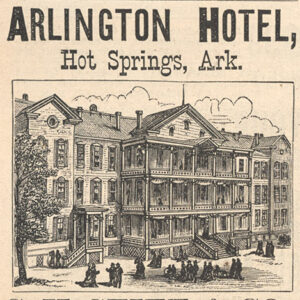 Arlington Hotel Ad
Arlington Hotel Ad
Arts & Science Center for Southeast Arkansas
 ARTS Antenna
ARTS Antenna
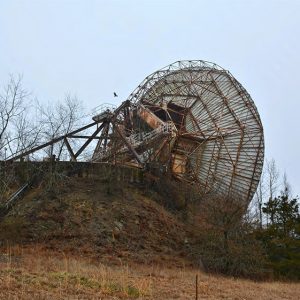 ARTS Antenna
ARTS Antenna
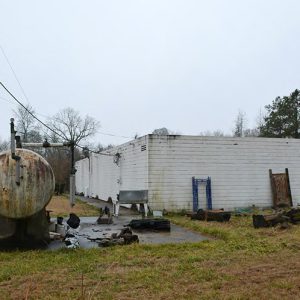 ARTS Building
ARTS Building
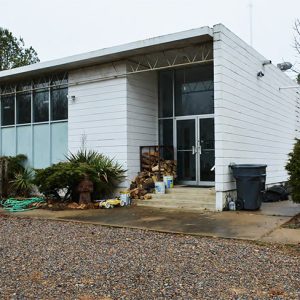 ARTS Building
ARTS Building
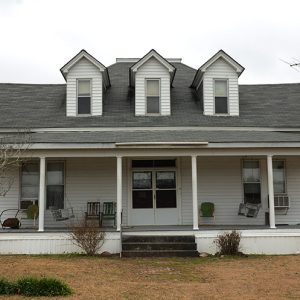 Henry Atchley House
Henry Atchley House
 Augusta Heritage Center
Augusta Heritage Center
Augustus Garland House
 Augustus Garland House
Augustus Garland House
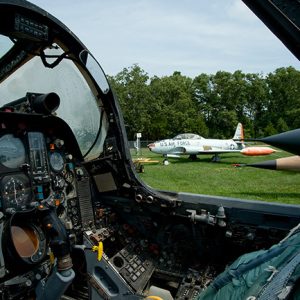 Aviation Cadet Museum
Aviation Cadet Museum
 Bailey’s Dairy Treat
Bailey’s Dairy Treat
 Baker House
Baker House
Baker House
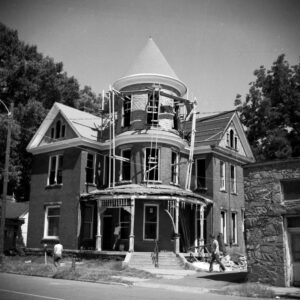 Baker House Repairs
Baker House Repairs
Band Museum
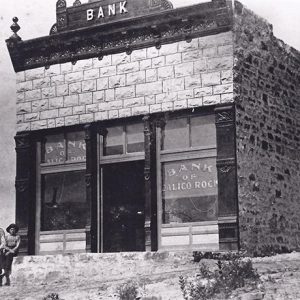 Bank of Calico Rock
Bank of Calico Rock
Bank of Carthage
 Bank of Carthage
Bank of Carthage
 Bank of Carthage
Bank of Carthage
 Bank of Carthage
Bank of Carthage
Bank of Eureka Springs Museum
Bank of Malvern Building
 Bank of Malvern Founding
Bank of Malvern Founding




